Jajce Fortress used to be the royal capital, and today it is a center of culture that everyone wants to visit!
Jajce, a historical, cultural, and natural center in the heart of Bosnia and Herzegovina, has become one of the most visited cities in the country. Tourists from all over the world and the region flock to witness its magnificence and beauty throughout the whole year.
From the Pliva River, lakes, charming watermills (also known as Mlinčići), and the renowned Pliva waterfall all the way to Vrbas, this city wouldn’t exist without its unique city walls and royal capital, Jajce Fortress.
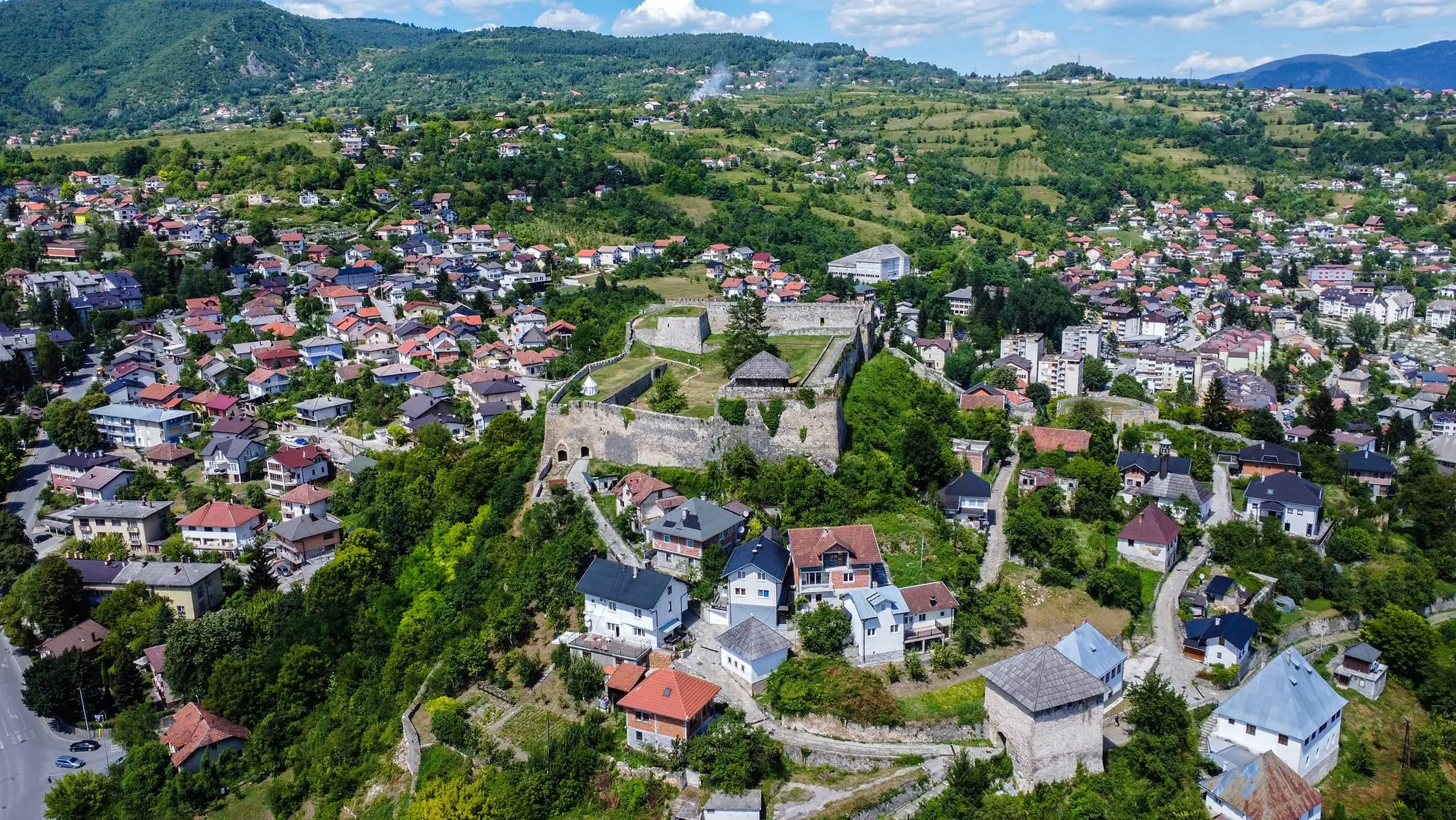
Jajce fortress, Photo: Adria.fun
Perched on a karst hill above the Pliva waterfall, the Jajce Fortress stands as the heart of the present-day town. Its construction unfolded in multiple phases, with the initial phase featuring three towers dating back to the 13th century.
The second phase, noted in historical sources in 1396 during Hrvoje Vukčić Hrvatinić‘s reign, saw significant expansion. Thanks to his influence, the fortress saw the addition of a court, suburbs, and catacombs, further enhancing its significance. The title of creator of the fortress is attributed to him.
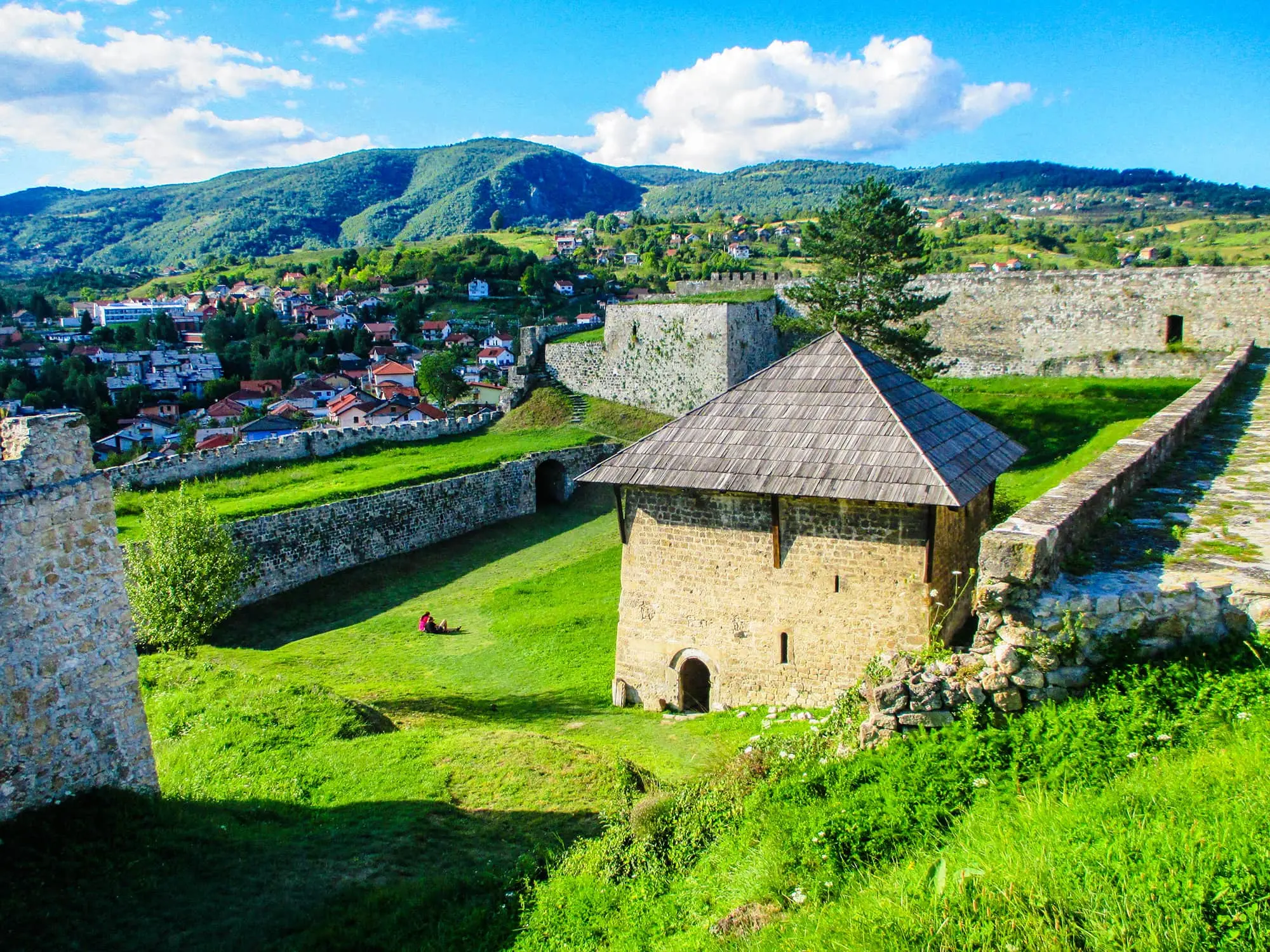
Jajce fortress, Photo: Dans, CC BY-SA 4.0
After the death of Hrvoje Vukčić Hrvatinić, the fortress came into the hands of the kings at the end of the 14th and the beginning of the 15th century. Going through significant political and cultural progress, it later developed into their permanent residence. During that time, the Medvjed tower (Medvjed kula) was added inside the walls and the stretch of the northern wall.
Jajce fortress was also the residence of the last Bosnian king Stjepan Tomašević, who fell under the Ottoman Empire with the Bosnian state in 1463.
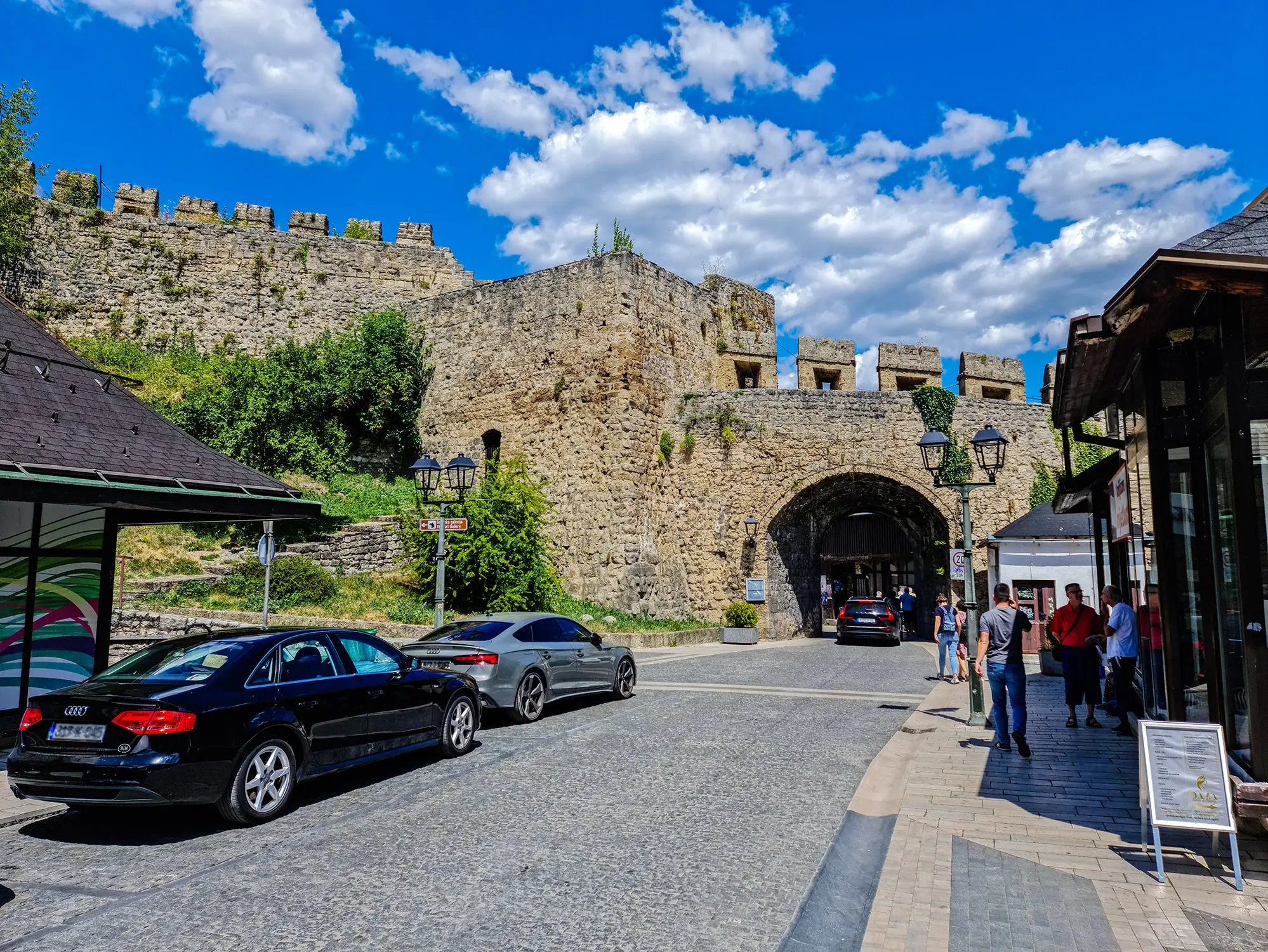
Jajce fortress, Photo: Adria.fun
The Ottoman Empire maintained control of the fort for only a few months before it was seized and extensively developed by the Austro-Hungarians. Approximately 64 years later, the Ottoman Empire regained control of the fort once again, but over time, the city’s fortifications lost their significance.
Tragically, a severe fire caused significant damage, leading to the demise of one of the city’s most important churches, the Church of St. Mary with the tower of St. Luke. This site was later transformed into the Mosque of Suleiman II.

Church of St. Mary with the tower of St. Luke, Photo: Adria.fun
Throughout its five phases of construction and under the rule of various leaders, Jajce evolved into one of the most remarkable cities in medieval Bosnia, encompassing an impressive area of 11,200 square meters and boasting walls stretching a length of 1,300 meters.
The fortress in Jajce was declared a national monument of Bosnia and Herzegovina in January 2003, and since then, everyone who gets a chance to visit the city has stopped by this historical beauty which, after all, survived for all these years.
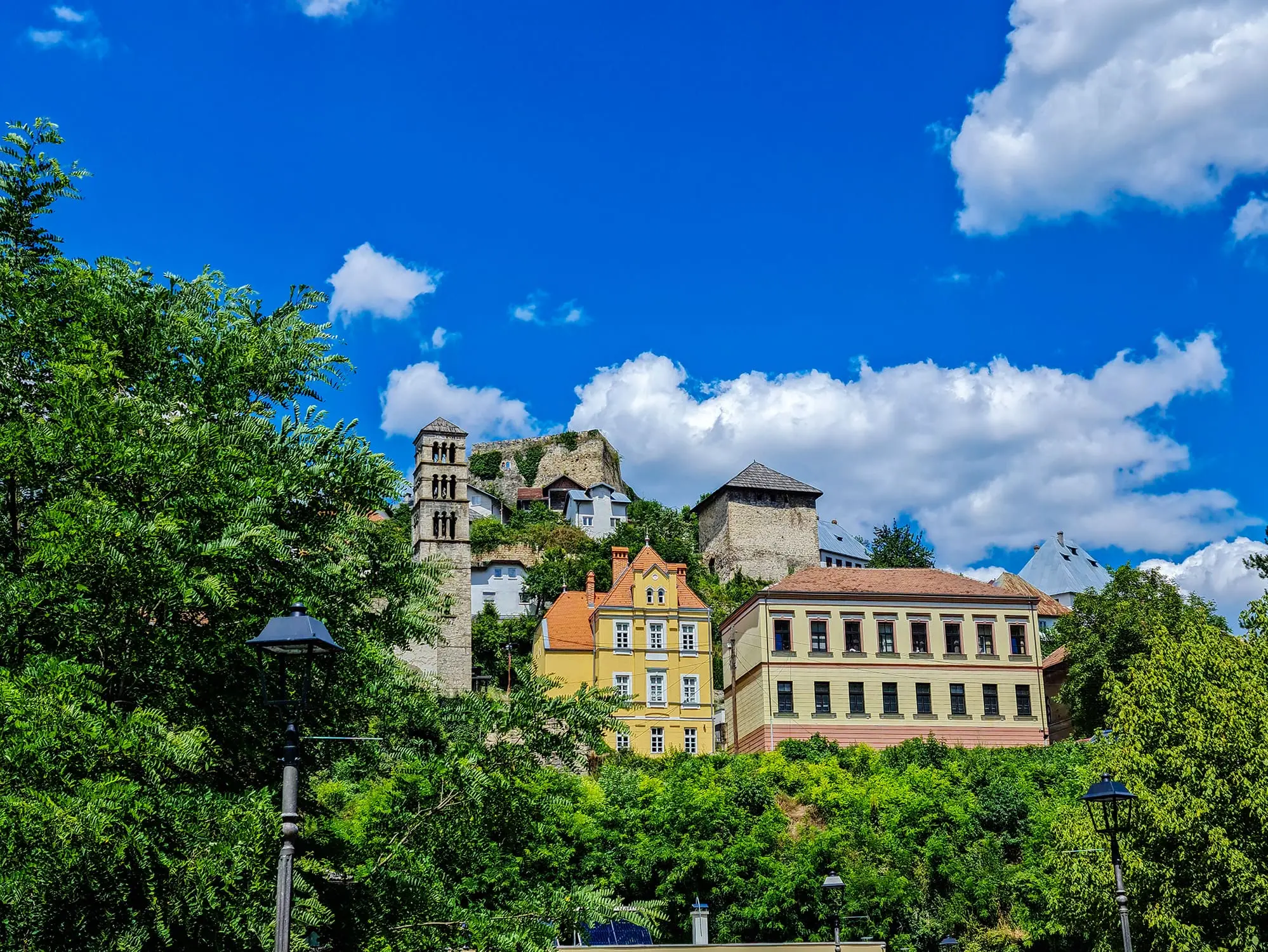
Jajce fortress, Photo: Adria.fun
To visit the fortress, the ticket prices are 5KM or 2.5 euros from May until October, and 2KM or 1 euro for the rest of the year. The fortress is open every day from 10 am until 8 pm.
For access to the catacombs and the museum, an additional ticket is required.

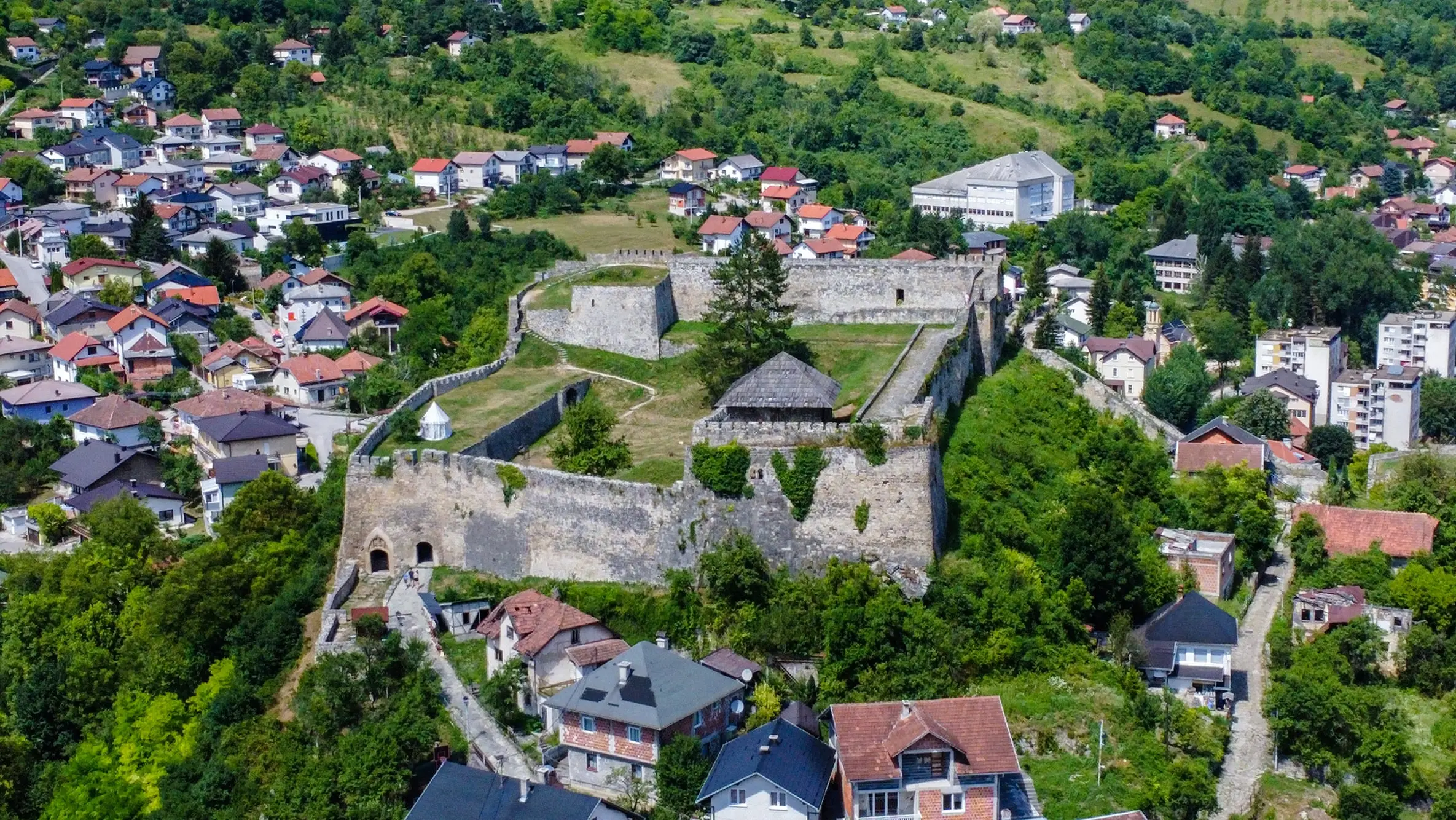
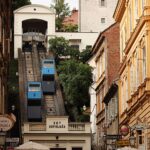

Leave a Reply